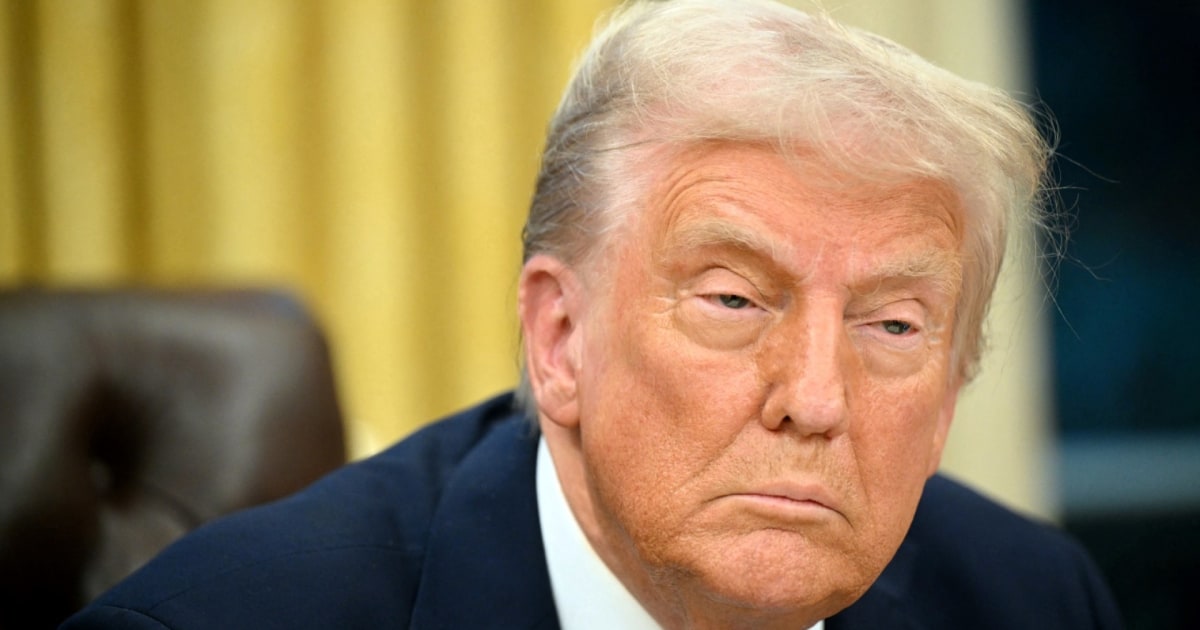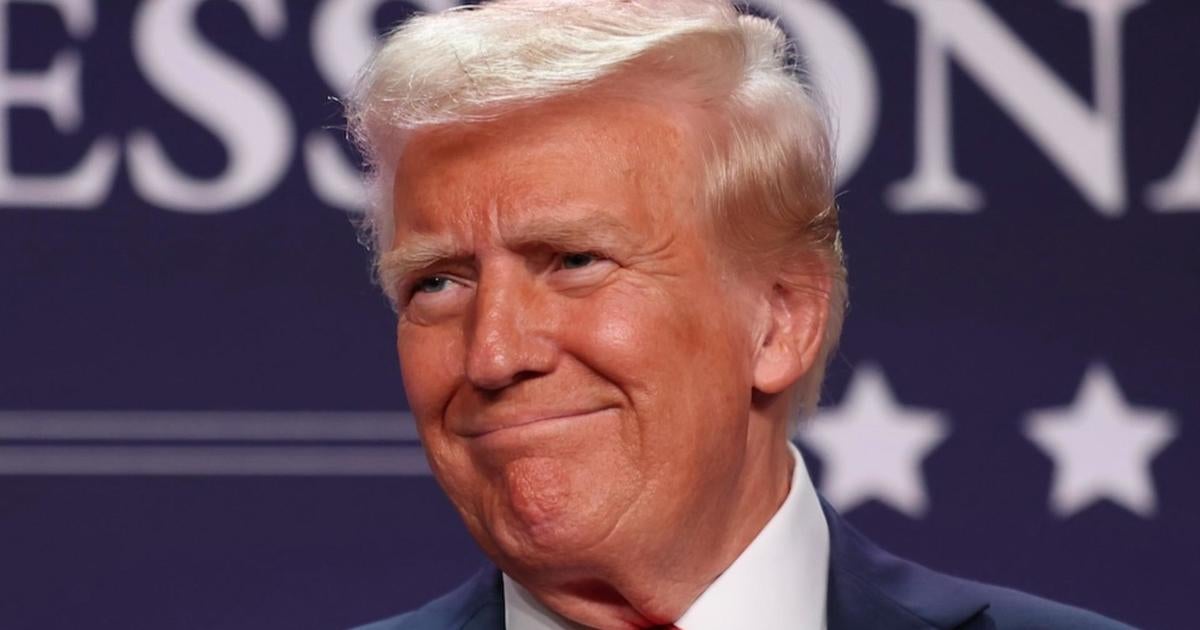China’s Strategic Response: Countermeasures to Trump’s Tariff Policies
In the complex tapestry of international trade, the announcement of tariff policies can resonate far beyond borders, impacting economies, industries, and political relations. The tariff policies introduced by President Trump during his administration have elicited a robust response from China, as officials and policymakers devise strategic countermeasures to safeguard their economic interests. This article delves into the intricacies of these countermeasures, exploring their implications on the global economic landscape, and shedding light on the future of international relations amid escalating trade tensions.
Understanding Trump’s Tariff Policies
President Trump’s tariffs, particularly those levied on Chinese imports, were part of a broader strategy aimed at addressing what he termed unfair trade practices. These tariffs, which began in earnest in 2018, targeted a variety of sectors, most notably technology and manufacturing. The primary objectives included:
- Reducing the trade deficit: The U.S. aimed to decrease the significant trade imbalance with China.
- Protecting American jobs: The tariffs were portrayed as a means to defend U.S. manufacturing from foreign competition.
- Encouraging domestic production: By making imported goods more expensive, the intention was to incentivize companies to produce locally.
However, these tariffs also sparked retaliatory measures from China, igniting a trade war that would have far-reaching consequences.
China’s Initial Response: Immediate Countermeasures
In direct response to Trump’s tariff policies, China implemented its own tariffs on U.S. goods. This move was not merely a tit-for-tat reaction; it was a calculated strategy to protect its economy and signal resilience. Key components of China’s initial response included:
- Targeting Key U.S. Exports: China focused on American agricultural products, including soybeans and pork, which are critical to many U.S. farmers. This targeting aimed to apply pressure on political constituencies in the U.S. that supported Trump.
- Increasing Tariffs: China retaliated by imposing tariffs ranging from 5% to 25% on various U.S. imports, effectively escalating the trade war.
- Enhancing Domestic Production: China accelerated efforts to promote domestic industries through initiatives like “Made in China 2025,” aiming to reduce reliance on U.S. technology and goods.
Long-term Strategic Adjustments
As the trade war unfolded, China’s response evolved from immediate retaliation to more strategic, long-term adjustments aimed at bolstering its economy and minimizing vulnerability to external pressures. Key strategies included:
1. Diversification of Trade Partners
China recognized the need to reduce its dependence on the U.S. market. In response, it sought to strengthen trade relationships with other nations, particularly within the Asia-Pacific region, Europe, and Africa. Initiatives such as the Belt and Road Initiative (BRI) exemplified this effort, as China invested heavily in infrastructure projects across numerous countries to facilitate trade and enhance connectivity.
2. Technological Self-Sufficiency
Realizing the importance of technology in global trade, China intensified its push towards technological self-sufficiency. This ambition was particularly evident in the semiconductor industry, where the country aimed to reduce its dependency on foreign technology. Investments in research and development, along with government support for domestic tech firms, became a priority.
3. Strengthening Domestic Markets
To counter the effects of tariffs and trade tensions, China also focused on stimulating domestic consumption. By promoting policies that encourage consumer spending, the Chinese government aimed to create a more resilient economy less reliant on exports. This included measures such as:
- Increasing disposable income: Policies aimed at boosting wages and reducing taxes for middle-class families.
- Expanding social safety nets: Enhancing health care and pension systems to provide greater security for citizens.
The Impact on Global Supply Chains
The trade tensions and China’s strategic responses have had profound implications on global supply chains. Companies worldwide have been compelled to reassess their supply chain strategies, leading to several notable trends:
- Re-shoring and Near-shoring: Many companies began to bring production back to their home countries or closer to their markets to mitigate risks associated with tariffs and long shipping times.
- Diversifying Suppliers: Businesses sought to diversify their supplier base, reducing reliance on any single country, particularly China.
- Increased Costs and Prices: Tariffs led to higher costs for manufacturers, which were often passed on to consumers in the form of increased prices.
Geopolitical Ramifications
The trade war and China’s countermeasures have also reshaped the geopolitical landscape. As the U.S. and China grappled over trade policies, other nations found themselves navigating a complex new reality. Some of the geopolitical ramifications include:
- Realignment of Alliances: Countries in Asia and beyond have sought to strengthen ties with either the U.S. or China, leading to new economic partnerships.
- Increased Regional Tensions: Trade disputes have sometimes spilled over into diplomatic tensions, affecting international relations in regions like the South China Sea.
Conclusion: The Path Forward
As China continues to implement its strategic countermeasures to Trump’s tariff policies, the global economic landscape remains in flux. The evolving dynamics of international trade underscore the interconnectedness of global economies and highlight the importance of adaptive strategies in the face of challenges. China’s efforts to diversify its trade partners, invest in technology, and stimulate domestic consumption illustrate a proactive approach to navigating the complexities of modern trade. While uncertainties remain, these developments could pave the way for a more balanced and resilient global economic environment.
In summary, the countermeasures employed by China in response to Trump’s tariff policies not only reflect the immediate need to protect its economy but also signify a strategic shift towards long-term sustainability and growth. As nations continue to grapple with the repercussions of these trade dynamics, the lessons learned will undoubtedly shape the future of international relations and global commerce.
See more CCTV News Daily



